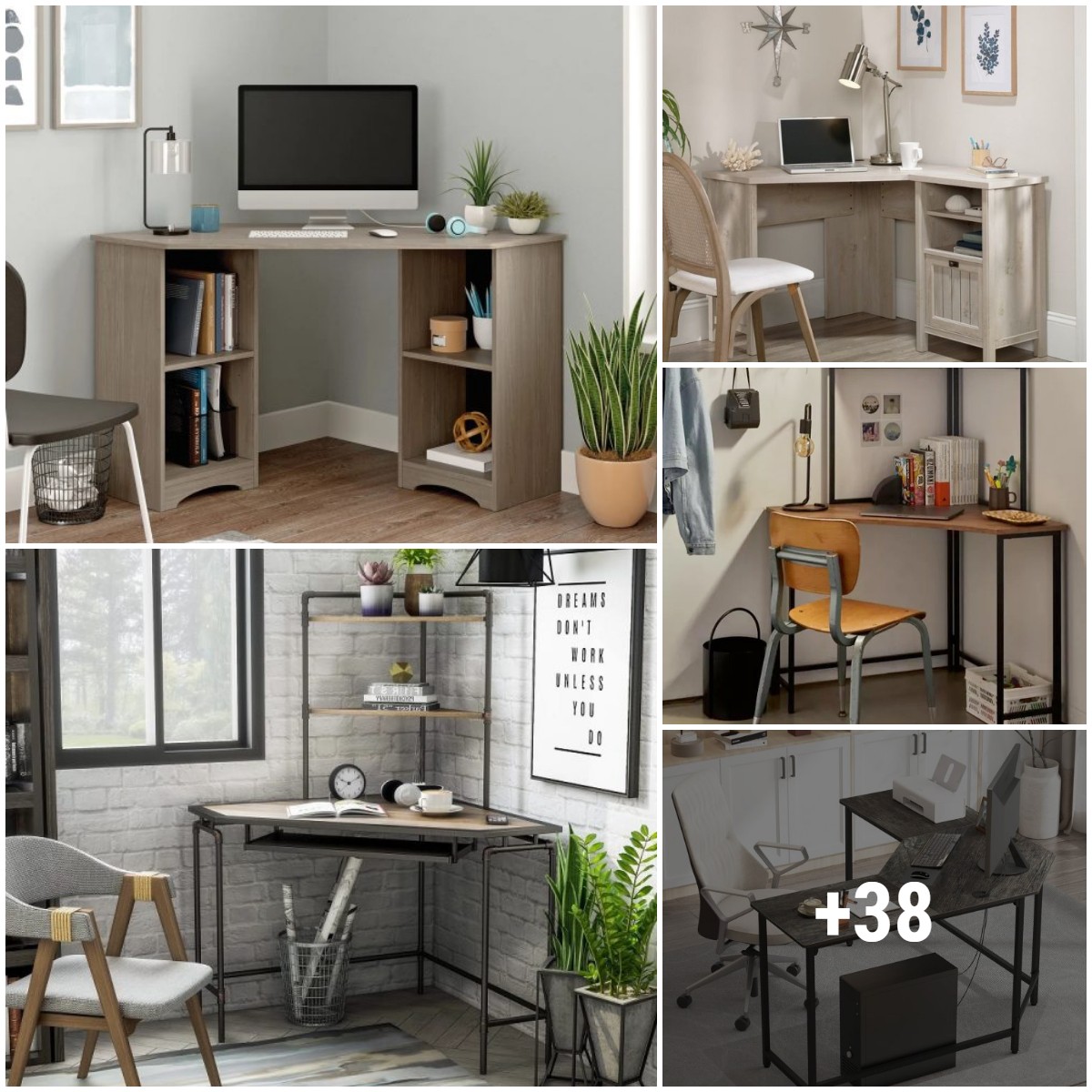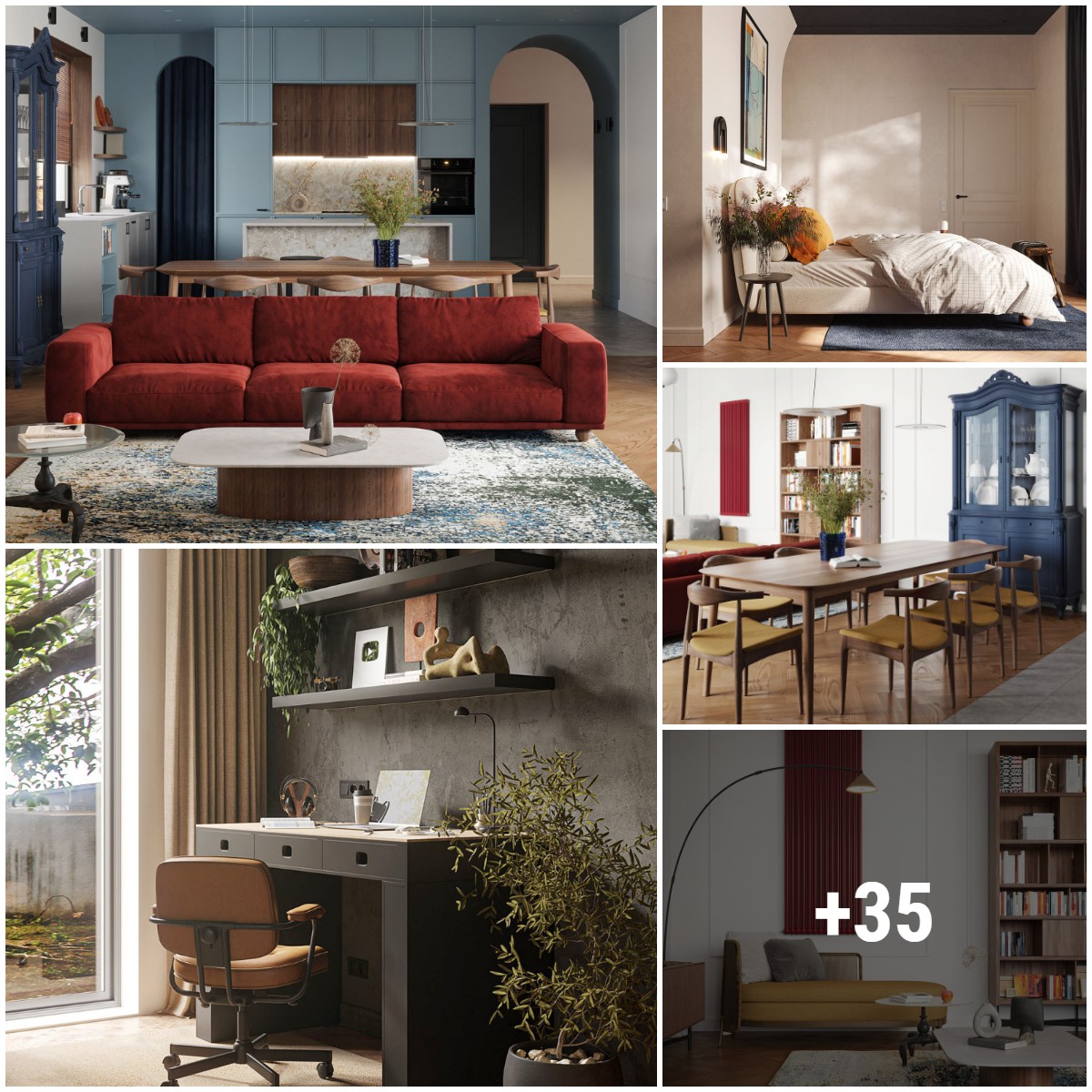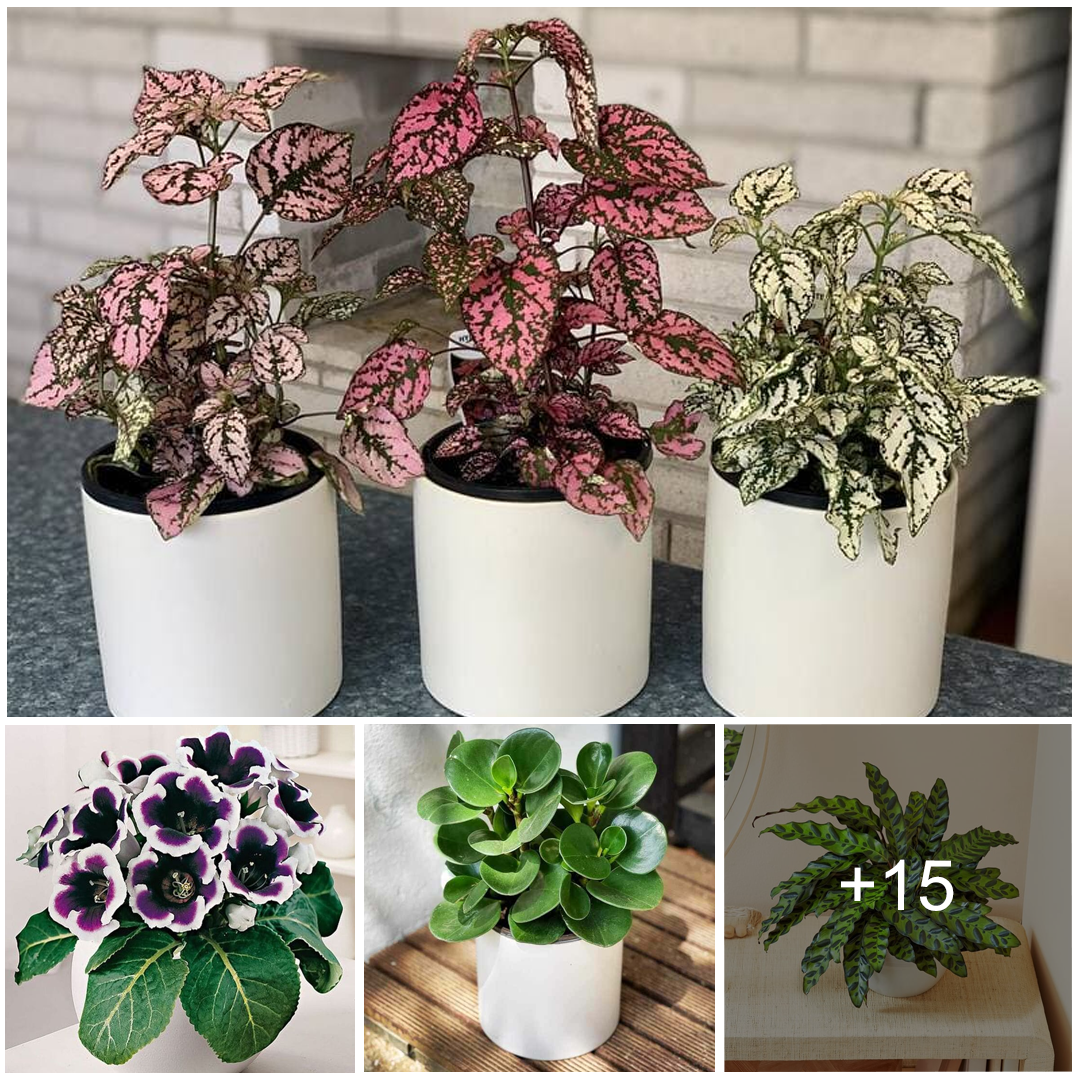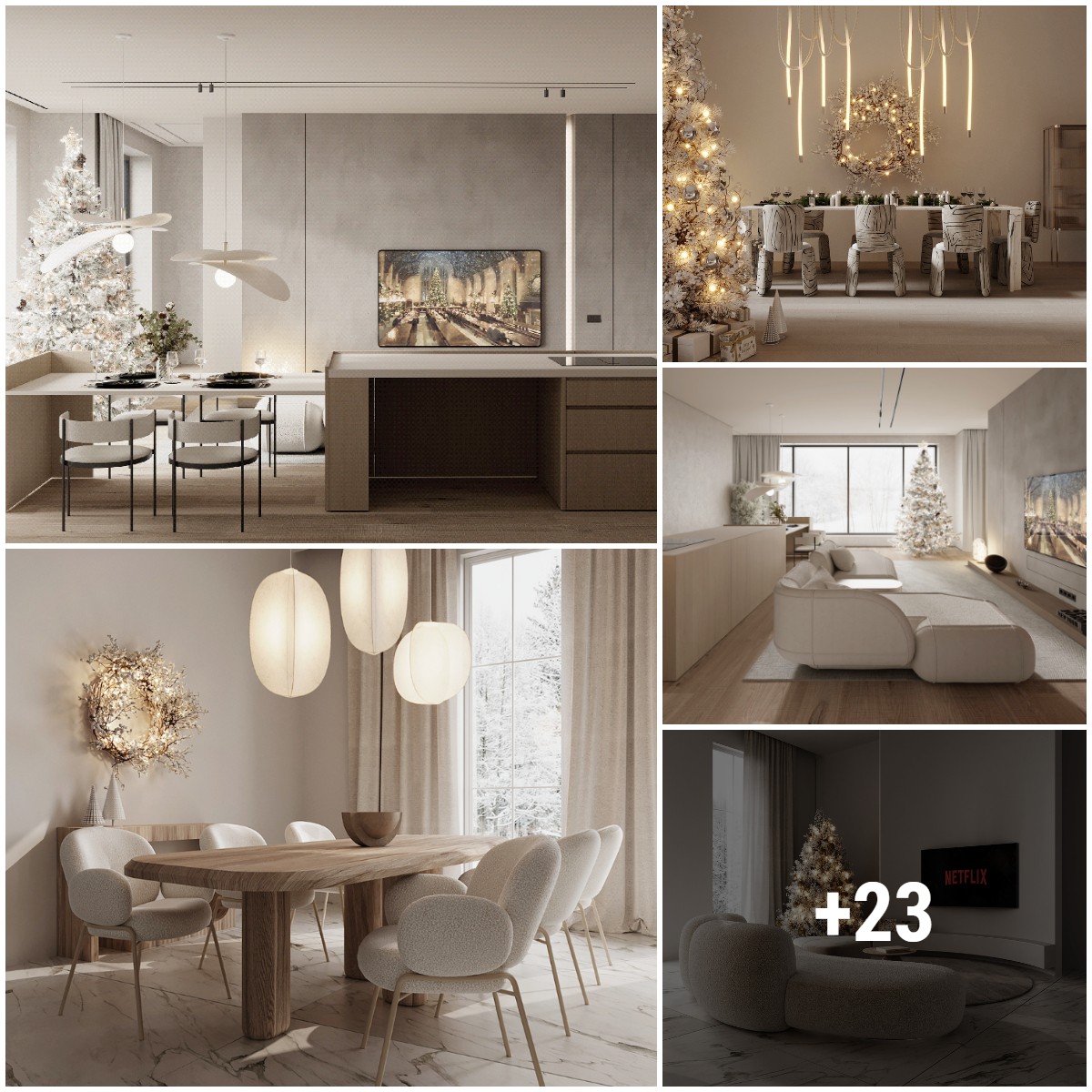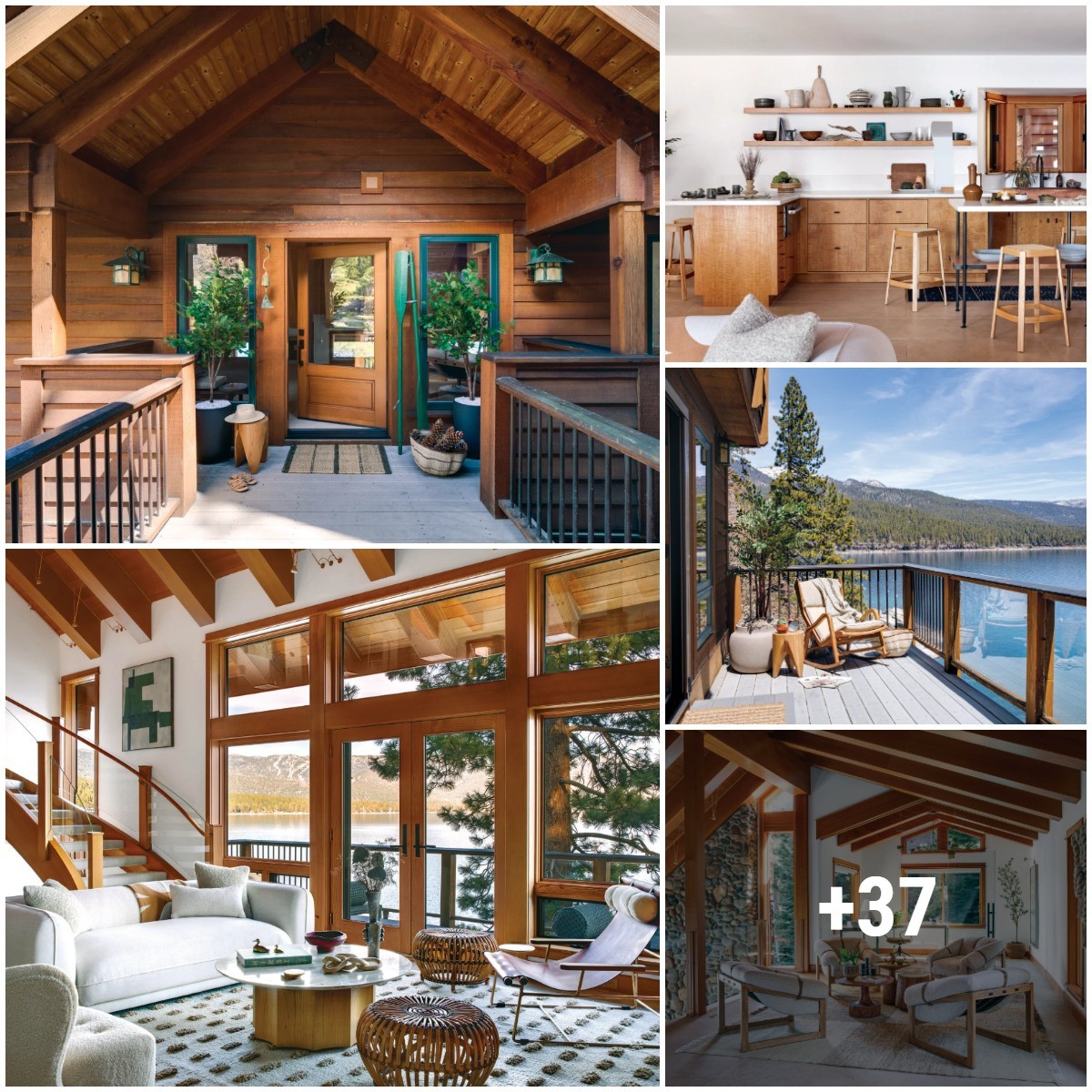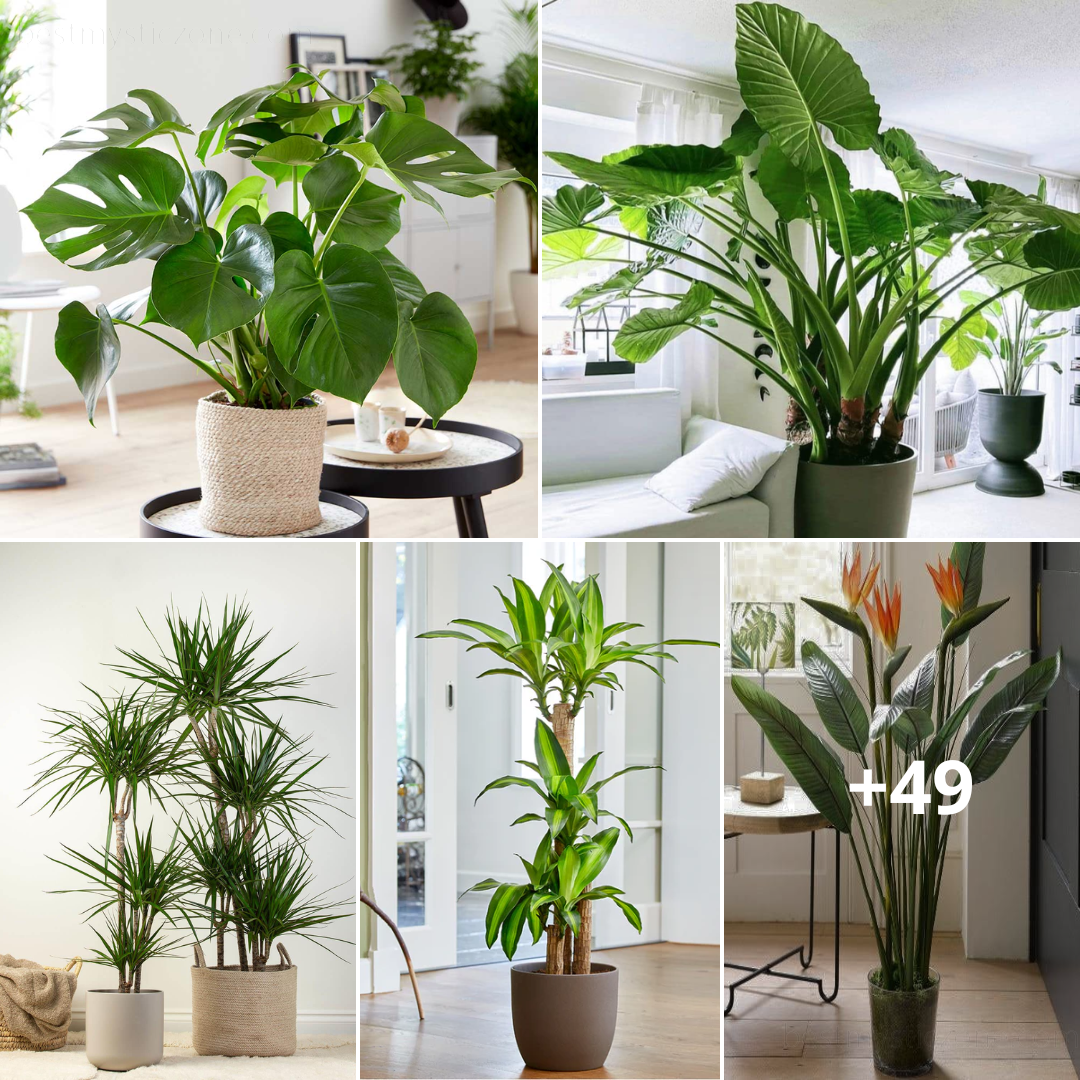Plants need light in order to photosynthesise. However, some can also cope with less sunlight. Discover some of the best low light indoor plants ideal for dark rooms.

We all have corners of our home that are a little dark. However, these do not need to look drab and gloomy! Brighten up these spaces with a few low-light indoor plants. Since even dark rooms have varying degrees of light, here’s a wide selection of plants that do well in semi-shaded to shaded rooms without direct sunlight.
Small houseplants for dark rooms
1. Mind-your-own-business
Mind-your-own-business (Soleirolia soleirolii), also known as baby’s tears, is a creeping herbaceous perennial originally from Sardinia and Corsica. It can be kept as a ground cover or hung in pots. The threadlike stems can reach up to 50 cm in length and can grow up to 25 cm tall in a bush-like manner.

Location: hallway, bedroom, stairwell
- Light to partial shade
- Airy
- Room temperature and cooler, min. 5 °C in winter, max. 15 °C in summer.
- High-quality potting soil with organic nutrient supply, such as our Plantura Organic All Purpose Compost
Care
- Water regularly and keep moist at all times, avoid wetting the leaves
- Apply liquid fertiliser every 4 weeks from March to August
- Repot in spring into wide, shallow pots or hanging baskets with drainage hole
Potential pests and problems
- Long shoots due to too dark or too warm location
- Dying tips due to dry soil
- Old plants that are bare in the centre can be pruned in the spring
Propagation: Divide the plant in spring or take many cuttings and pot them in loose, slightly acidic soil
Tip: Avoid dryness and waterlogging! You can prune your baby’s tears to retain the ball shape if necessary.
2. Devil’s ivy
Golden pothos (Epipremnum aureum) is an evergreen climber that develops aerial roots. It belongs to the Araceae family and rarely blooms. Epipremnum aureum is a wonderful hanging houseplant for dark rooms.

Location: bedroom, kitchen, bathroom, living room
- Light to shady, room temperature and warmer, min. 16 °C
- High humidity
- Normal potting soil
Care
- Keep soil moist
- Repot every 2 to 3 years
- Easy to prune
Potential pests and problems
- Yellowing leaves normal to a small extent
- Leaves lose variegation (turn green) and suffer if they do no get enough light
Propagation: In spring, plant several cuttings together or place them in water – they root very easily
3. Spider plants
Spider plants (Chlorophytum comosum) belong to the asparagus family (Asparagaceae). They are clumping plants, meaning that many shoots grow closely together. Native to Africa, spider plants are also found in the wild in Australia and the USA and can grow up to 60 cm tall. Aside from being some of the easiest plants for dark rooms, they are said to purify the air from formaldehyde, xylenes and toluene. However, this has not yet been confirmed in any reliable tests.

Location: anywhere
- Light to partial shade
- Moderately warm all year round, tolerant of temperature changes (12 to 22 °C)
- Humus-rich, nutrient-rich, slightly acidic soil, ideally pre-fertilised and peat-free, such as our Plantura Organic All Purpose Compost
Care
- Tolerates short dry periods, avoid waterlogging and water sparingly in winter
- Fertilise every 8 to 14 days from spring to autumn
- Repot when roots start showing at the top of the soil
Potential pests and problems
- Brown leaf tips due to dry soil or air
- Limp or bent leaves due to excessive heat or lack of light
Propagation: Separate and plant overgrown offshoots or allow to root in water
Tip: Spider plants are tough plants that tolerate a lot of neglect and are said to have an air purifying effect.
4. Aglaonema
The leaves of this bushy semi-shrub can grow quite large, up to 30 cm. The leaves are sometimes variegated, grey-green or silvery. Aglaonema (Aglaonema commutatum) rarely flower, so the red berries that develop from the flowers are a rare sight.

Location: bedroom, kitchen, bathroom
- Light to partial shade, no direct sun
- Room temperature or warmer, min. 18 °C
- Warm soil
- High humidity
- Aglaonema are shallow rooting plants and thus require wide, shallow planters
- You can grow the plants hydroponically or in humus-rich, loose and well-structured soil
Care
- Keep soil evenly moist, avoid waterlogging
- Mist with luke-warm water low in lime
- Fertilise once a week in summer, water little in winter and fertilise only every 2 to 3 weeks
- Repot in spring if necessary
Potential pests and problems
- Brown spots on leaves or curling of leaf edges due to excessive sun exposure
- Withered leaves as a result of too much or too little water
- Rare infestation of thrips, aphids and spider mites
Propagation: By division or cuttings, ideally in spring while repotting
5. Zamioculcas zamiifolia
Zamioculcas, also known as the ZZ plant, is an ideal plant for dark rooms. They are low-maintenance and require only a moderate amount of nutrients. The houseplant arrived here about twenty years ago from the forests of East Africa. ZZ plants almost never flower.

Location: hallway, living room
- Partial to full shade
- Temperature between 17 °C and 22 °C, min. 16 °C even in winter
- Tolerates dry air and can be placed near a radiator
- Potting soil for palm trees or a mixture of houseplant potting soil and expanded clay is suitable. Our Plantura Organic Flower Compost, for instance, already contains expanded clay and is therefore light and loose, helping to ensure strong and healthy roots. But you can mix in 20% expanded clay balls for good measure.
- Create drainage layer in bottom of pot for even better drainage
Care
- Can survive a 4-week dry period; water sparingly and avoid waterlogging
- Fertilise moderately from April to September, for instance with our Plantura Liquid Houseplant Food, using slightly less than indicated on the label. Our fertiliser contains high levels of potassium and less nitrogen, helping to keep houseplants happy and healthy, especially in darker corners of the room
- No pruning necessary
Potential pests and problems: Yellowing of lower leaves or root rot in excess water
Propagation: Division or leaf cuttings
6. Cast-iron plant
The cast-iron plant (Aspidistra elatior) is a member of the asparagus family (Asparagaceae) that originates from East Asia. Aside from being another popular plant that likes dark rooms, it also requires little water, tolerates different temperatures well and, unlike many other houseplants, does not require high humidity.

Location: hallway, bedroom, living room
- Light to shaded, no direct sun
- 10 to 20 °C
- No high humidity
- All purpose potting compost with 30% sand added
- Create drainage layer at bottom of pot
Care
- Water infrequently but thoroughly, allow surface to dry, avoid waterlogging
- Repot every 3 to 4 years in spring
- Low nutrient requirements, fertilise once a month during growing season
Potential pests and problems
- May be prone to scale insects, spider mites and thrips infestations if air is dry
- Yellow leaves as a result of waterlogging
- Sunburn from direct sunlight
Propagation: Divide the root ball in spring
Tip: Varieties with white variegation always need a little more warmth than their non-variegated relatives.
Low light trees, shrubs and palms for dark rooms
Here are some examples of the various palms, trees and shrubs that are suitable plants for dark rooms.
1. Calathea
Prayer plants (Calathea spec.) belong to the arrowroot family (Marantaceae) and are easily confused with the genus Maranta. Both move their leaves throughout the day depending on the light. Calathea are bushy, low-maintenance plants ideal for darker rooms and grow up to 50 cm tall.

Location: bathroom, kitchen, bedroom
- Light to partial shade, no direct sun
- If possible 20 to 24 °C during the growing season, min. 18 °C year round, avoid cold ground at all costs
- High humidity
- Loose potting soil, for instance our Plantura Organic All Purpose Compost. Our peat-free soil is not just an environmentally friendly option, it also contains organic fertiliser that gradually releases nutrients to the plant, so is perfect for calatheas.
- Create a drainage layer at the bottom of the pot
Care
- Keep soil evenly moist, mist leaves with lukewarm water, ideally low in lime, to keep humidity high
- Fertilise every 3 to 4 weeks from April to October
Potential pests and problems: Spider mites in dry air
Propagation: Divide in spring
2. Kentia palms
Kentia palms (Howea) are upright growing palms with simple pinnate, overhanging leaves. They originally come from an island east of Australia.

Location: anywhere
- Light to shaded, no direct sun
- Keep young plants at above 18 °C, older ones can stand cooler temperatures
- Airy
- High humidity
- Possible to keep outdoors in summer
- Can be grown hydroponically, or in well-drained, slightly acidic soil; mix 1:1 all purpose soil with sand
- Create drainage at the bottom of the pot
Care
- Water once a week once soil has dried out, water less frequently in winter, but do not let it dry out completely
- Small amount of fertiliser weekly between April and September
- Repotting required at most every 4 years
- In drier rooms, mist with water low in lime
Potential pests and problems: Scale insects, spider mites, mealybugs, thrips, red spider mites when the air is too dry
Propagation: Seeds, though this is difficult
Tip: Although the Kentia palm prefers high humidity, it will also tolerate somewhat dryer air.
3. Umbrella tree
Umbrella trees (Schefflera arboricola), also sometimes known as schefflera, are native to Taiwan. These plants are tall and sparsely branched. Monochrome (green) and species with yellow variegation are available on the market.

Location: bathroom, bedroom
- Bright to semi-shade, east or west facing windows, a few hours of direct light are enough for umbrella trees
- Airy, without drafts
- Min. 12 °C, ideally cooler temperatures at night than during the day
- Higher humidity
- Humus-rich and permeable soil, such as our well-structured, peat-free Plantura Organic All Purpose Compost. This soil is peat-free, so it retains water well and can be used for a long time.
Care
- Keep soil moderately moist, avoid waterlogging at all costs, use room temperature water low in lime, mist frequently
- Fertilise weekly from March to October, every 4 weeks in winter
- Repot young plants annually, older plants every 2 to 3 years
Potential pests and problems
- Spider mites, mealybugs or scale insects, aphids as a result of dry air and/or too high temperatures
- Drops its leaves if kept somewhere too cold
Propagation: Air layering or growing from seed
Tip: Even in winter, umbrella trees need a few hours of sunlight, so place in as bright a location as possible.
4. Paperplant
The paperplant (Fatsia japonica) grows quickly and can reach an impressive 1.5 m in height within three years.

Location: hallway, kitchen, staircase
- Light to shady, avoid full sun
- Airy, but draught-free
- Moderately warm, preferably a little cooler, keep somewhere cooler in winter (between 6 to 10 °C)
- Higher humidity
- Humus-rich, nutrient-rich soil
Care
- Keep soil moderately moist, requires lots of water in summer
- Fertilise frequently, for instance with our Plantura Liquid Houseplant Food. This fertiliser is enriched with microorganisms which help protect the plant from root diseases which can occur especially with waterlogging
- Repot every 2 years into a larger container, old plants less frequently
Potential pests and problems
- Spider mites, scale insects and thrips in dry air and high temperatures
- Fungal infection of the roots due to waterlogging
- Drooping leaves when the air is too warm or too dry
Propagation: Cuttings, air layering, or by growing from seed
Tip: Pruning young plants encourages them to branch and grow bushier.
Low light cacti and succulents for dark rooms
Cacti and succulents are well adapted to droughts – and wherever there is a lot of sunlight, it is usually also dry. There are therefore not as many plants of this type that tolerate shady conditions. They usually need to get a few hours of light daily. However, some species do not need to be exposed to light permanently and are reasonably shade tolerant, making them suitable low-light indoor plants.
1. Bear’s paw
The thick, succulent leaves of bear’s paw (Cotyledon tomentosa) are hairy and have brown, serrated tips. Growing up to 50 cm high, the plant blooms orange-red to yellow.

Location: hallway, living room
- Sunny to partial shade
- Temperatures above 15 °C
- Well-drained soil – ideally a low-nutrient, loose seedling soil such as our Plantura Organic Herb & Seeding Compost, for instance.
- Drought-resistant, water sparingly (tolerates too little water better than too much)
Care
- Low water requirement, allow soil to dry out well before next watering
- Fertilise once a month from March to August
- Overwinter at about 15 °C in as bright a spot as possible
Potential pests and problems: Prone to mealybugs, especially in winter
Propagation: Leaf cuttings
2. Snake plant
The low-maintenance snake plant (Sansevieria) belongs to the asparagus family (Asparagaceae). It usually forms larger clumps rather than a stem. The leaves are quite long and sword-shaped with yellow or silvery-white patterns.

Location: bedroom, living room, hallway
- Ideally sunny to partial shade, but robust and tolerant of fluctuations
- Temperature in the sun ideally between 21 and 24 °C, but also tolerates warmer conditions, min. 15 °C in winter
- Avoid drafts
- Mix potting compost for houseplants with sand at a ratio of 1:1 or use cactus and succulent soil
- Create drainage layer at bottom of pot
Care
- Better too dry than too wet
- Fertilise sparingly in summer
Potential pests and problems: Rot due to waterlogging
Propagation: Through division or leaf cuttings, find detailed information in our article on propagating snake plants.
Tip: Snake plants use the so-called CAM (Crassulacean Acid Metabolism) process of photosynthesis. They therefore release oxygen through their stomata, especially during the cool twilight and night time. These close during the day when it is warm.
3. Zebra cactus
The Haworthia genus is closely related to aloe plants. This plant has thick leaves that are often striped, hence the name zebra cactus.

Location: living room, kitchen, hallway
- Light to partial shade
- Low-nutrient and permeable substrate, for instance seedling soil mixed with pumice, lava rock and quartz sand in a ratio of 3:2:1
- Create drainage layer at bottom of pot
- Use a wide, shallow pot
- Tolerates dry air
Care
- Water sparingly from below, avoid waterlogging, let soil dry out, do not water from July to August as plant is dormant
- Fertilise every 2 to 3 months, except for in winter
- Repotting only necessary when plant outgrows pot
- Overwinter at 5 to 15 °C
Potential pests and problems
- Root and leaf rot due to waterlogging or water in rosettes
- Occasionally mealybugs and scale insects
Propagation: Separate rooted offshoots or leave unrooted offshoots to dry for around 3 days and then allow to root in soil, propagation by seed also possible
Tip: The warmer it is, the brighter the location should be.
4. Peperomia
Native to tropical South America, there is a lot of variety among plants of the genus Peperomia. They often have thick, fleshy, almost succulent-like leaves. They grow either in trees or by either creeping across the ground. Peperomia caperata forms long flower heads. Peperomia obtusifolia is another well-known variety with yellow-green leaves, some of which are slightly red.

Location: bedroom, kitchen, bathroom
- Light to semi-shade, no direct sunlight
- Room temperature or warmer, min. 18 °C even in winter
- Higher humidity
- Humus-rich, well-drained, slightly acidic soil
- Create drainage layer at bottom of pot
Care
- Always keep soil moderately moist
- In summer, fertilise a little and up humidity by misting plant, or place bowl or saucer with water nearby
- Repot if and when necessary
Potential pests and problems: Spider mites in dry air, increased humidity combined with low temperatures can cause roots, leaves and shoots to rot
Propagation: Stem or leaf cuttings in spring
If you are interested in undemanding greenery, check out our article to discover some very low-maintenance plants.
